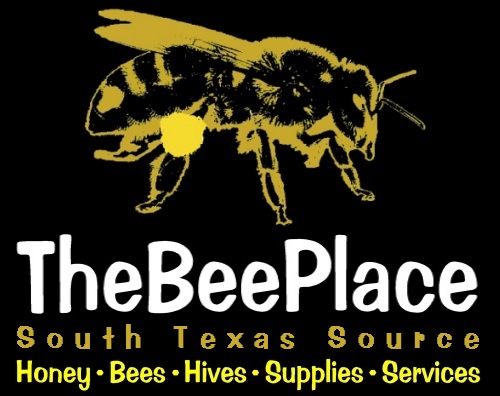 |
|
|
Contact Us
via e-mail - removal @ thebeeplace.com to schedule an appointment.
|
|
|
Cinder Blocks |
|
![]()
Live Honey Bee Removal - Residential Area, South East San Antonio
The remainder of the bees that return from foraging during this process begin to cluster around the outside of the box. We give them a few hours to gather and then scoop them into the box to be moved with the rest of the colony. Once the bulk of the bees are contained, the box is closed and the entire colony is relocated to our safe and eco friendly bee yard where they will join other hives and do what bees like to do, collect pollen and raise their young.
![]()


